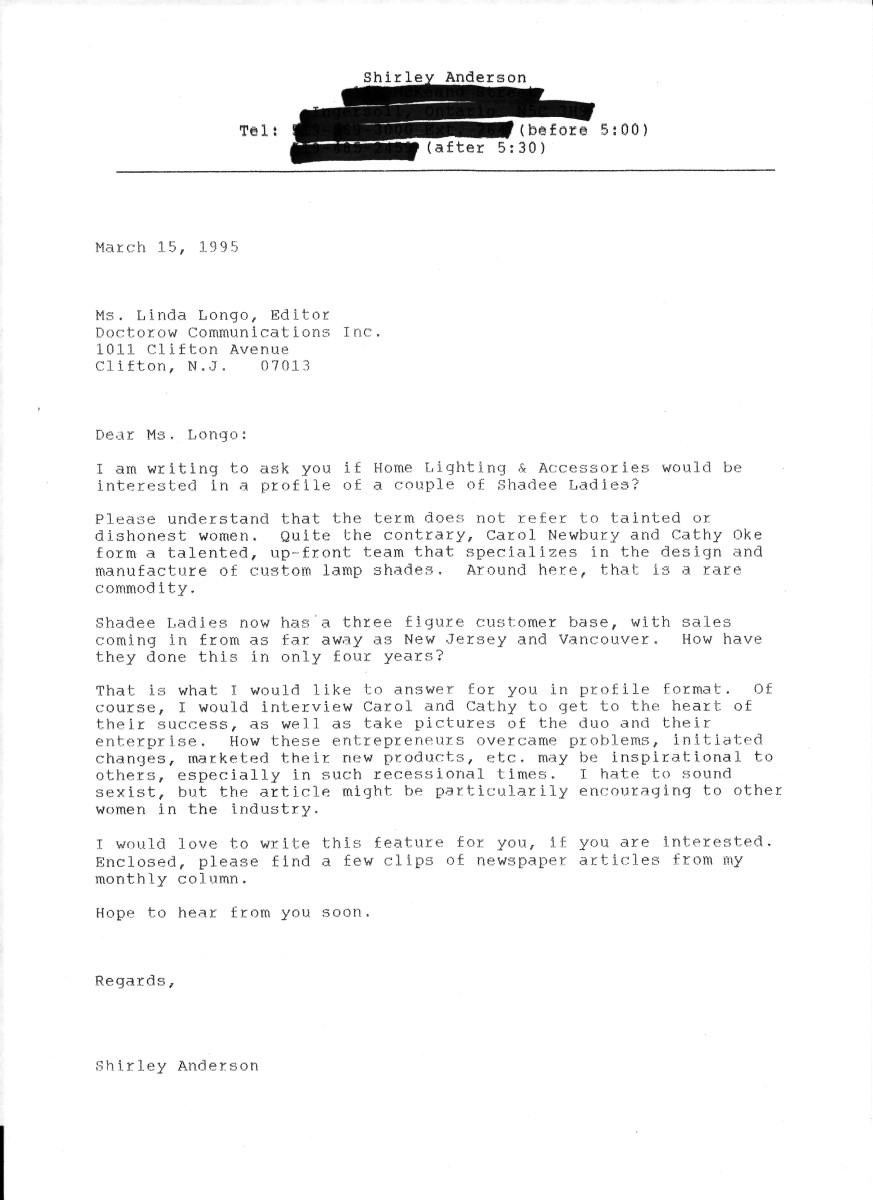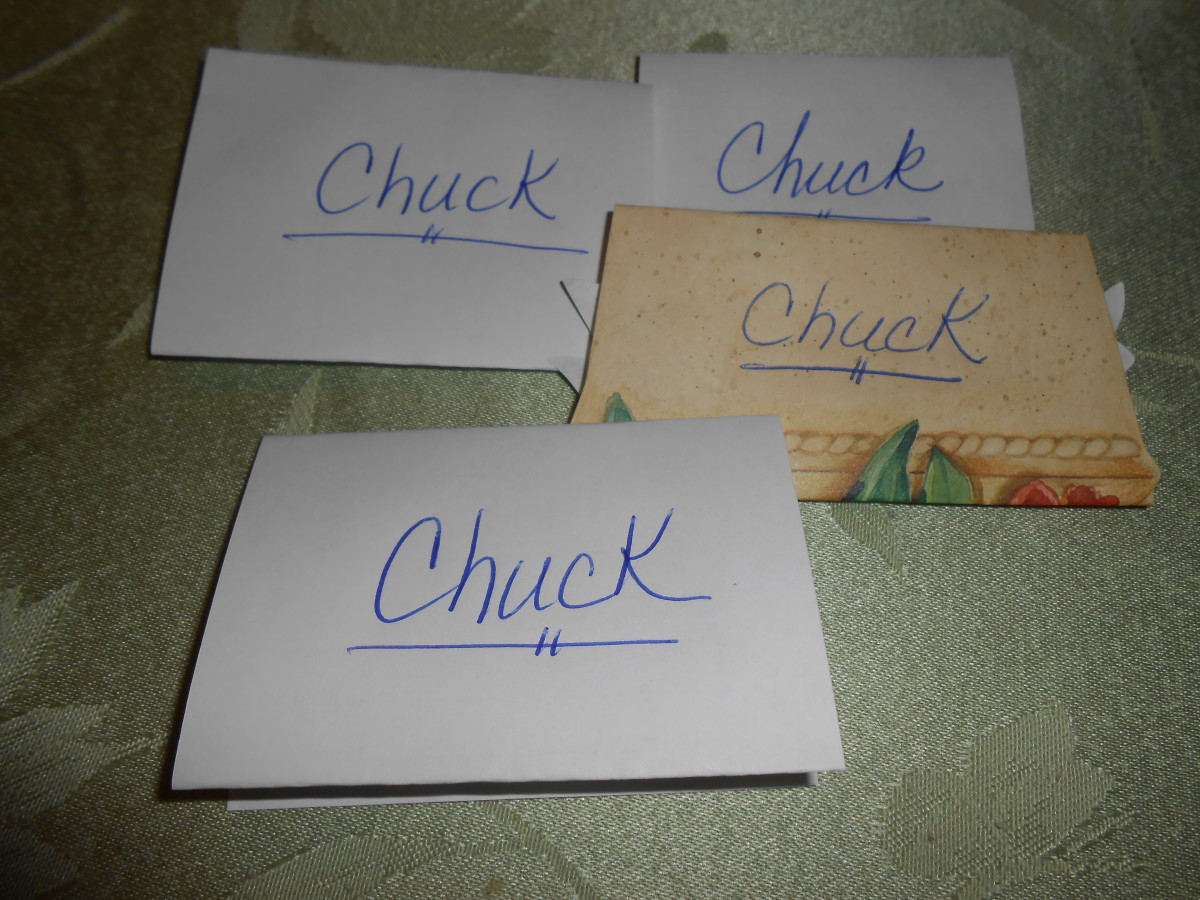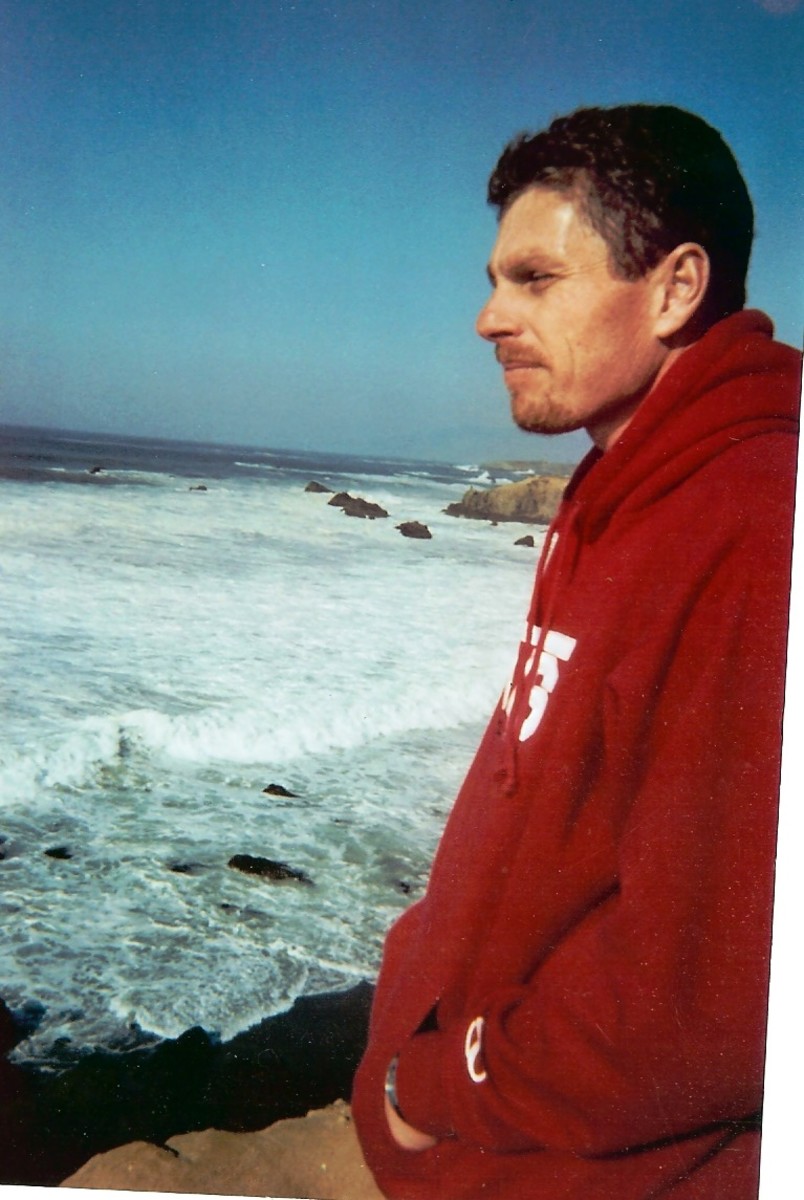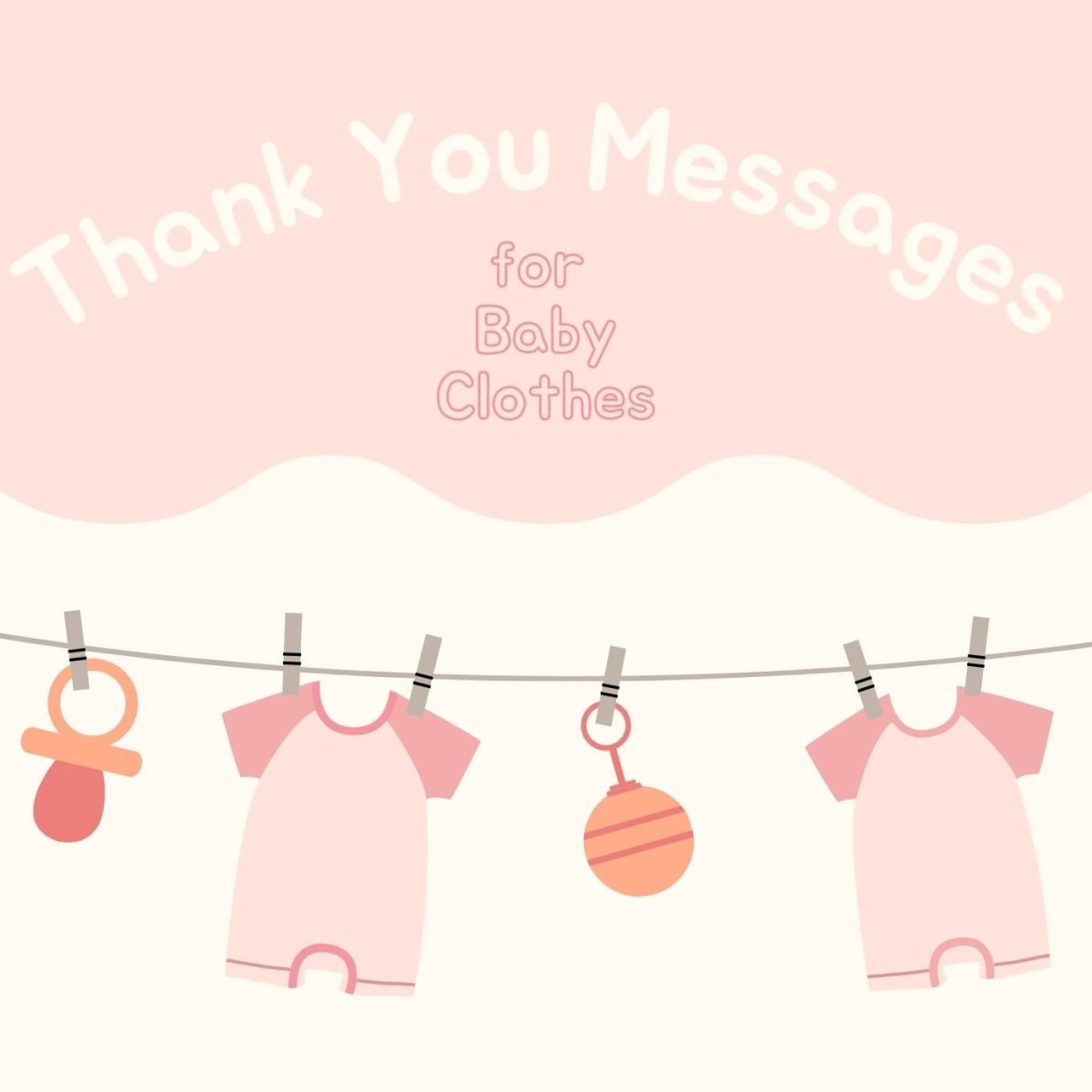What Is a Query Letter?
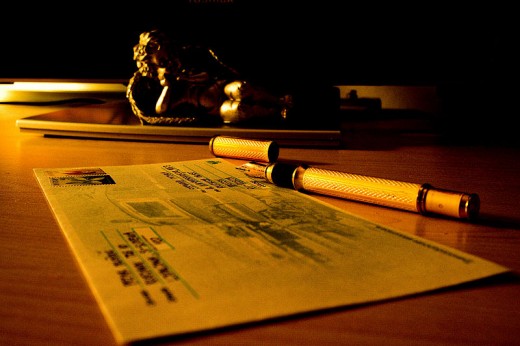
Query Letter Types
This article mainly focuses on the type of query letter for books, although it may work for other types of writings as well. Remember that for each type of writing like articles or screenplays, you may have slightly different formats for query letters.
Query Letter
Whether you are trying to get your very own book published or wish to send an article off to a magazine, understanding what is a query letter is the first step for a writer to get their work out there. Query letters are simply formal proposals written to those snazzy publishers, agents, editors, and other big wigs to introduce yourself and what you have to offer through the written word.
The most difficult part about those query letters is not just knowing exactly what to say, but also how to say it as concisely as possible. With only about a 200-400 word limit, you are expected to provide:
- the topic of the work,
- a short description,
- an author bio,
- and the target audience,
all while being eye catching enough to dazzle and impress. Your main goal: get them jazzed up enough to ask for the manuscript and get your masterpiece out there for the rest of the world to enjoy.
Why write a query letter?
Do you hope to get your own writing published one day?

Query Letter Format
Although a query letter is the shortest letter ever written for probably the longest endeavor you have ever undertaken (depending on the piece of writing you are trying to get published), it can still be divided into four parts that make up four itty bitty paragraphs. These four pieces are the:
- hook,
- mini synopsis,
- author bio.
- and closing statement.
Do not stray from this path and decide to do you own thing or you risk failure. This basic bone structure for your query letter has been known to succeed enough to be used again and again (although success is not a guarantee). Agents take these little bits of introduction seriously so experiment with your query letter at your own risk!
It is important to remember two facts when writing a query letter of your very own: publishers and agents get tons of these everyday and this is a cover letter, not your life story. If you start writing your query letter and find yourself suddenly recalling, in detail, that time your little brother stuck gum in your hair and how that inspired this epic future bestseller you wish to bestow upon their publishing company, you may be getting a little overboard.
If you are that type of person who loves to ramble (I am guilty there), perhaps going on and on for your first draft and then going back and doing some major downsizing can help you stay around that upper limit of 400 words max. Remember, the person you are writing to sees a ton of these all day, they do not need your life story, just the juicy parts that would make them want you to send a chapter or two, or even the whole manuscript.
Query Letter Samples
- Query Letter Hook Examples
Examples of hooks and other features of a query letter. - Query Samples
A few query letters to give you an idea of how to start your own.
Query Letters For Books
If you are writing a query letter about a fiction or nonfiction book, make sure it is finished before you send the letter off. If the person receiving the letter is interested enough, they may want to see what you've got. If you can't provide a finished piece, they may lose interest.
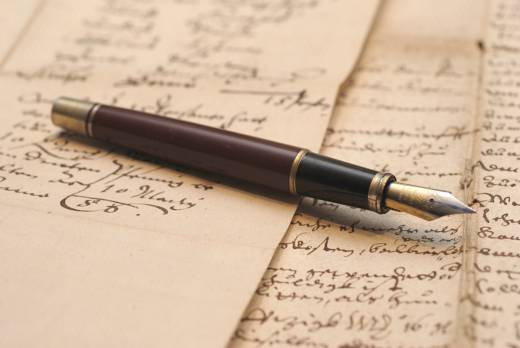
How to Write a Query Letter
As I already mentioned, there are four parts that make up a query letter: the hook, the mini synopsis, author bio, and closing statement. The hook is the shortest and most difficult part. It stands alone as a single sentence and aims to capture the reader's attention immediately. Don't be fooled by its place in the query letter, it may be at the top but it definitely carries the most weight!
Just like the overall format for a query letter, the hook has a formula all of its own. This is called the "When Formula," which basically goes:
"When such and such event happens, your main character--descriptive adjective, age, professional occupation--must confront further conflict and triumph on his/her own special way."
Keep in mind that, although this has worked for many writers before you, it has also been used many, many times. Try reading sample hooks, like the ones in the links to the right, or using this formula as a first draft that you can change into something more unique with editing.
The next portion of your query letter is the mini synopsis. Taking your work and whittling it down to just a paragraph can make your head hurt just thinking about it, especially when your work is hundreds of pages long. All your mini synopsis does for your query letter is provide even more information on the characters, plot line, or whatever else is in your hook, depending on what type of writing you are promoting. Once again, keep in mind that you must have some kind of wow factor, even at this stage of the query letter.
For the mini synopsis portion, there is no formula to guide you but, the best advice out there for any kind of writing also applies here, which is to read what the pros have done. Grab a book or two and check out the synopsis provided to give you an idea of where to start. Having a friend or two take a look at your first draft can really help you get a feel for how interesting it may be (if your friends still don't want to read your work, you may want to rework the query letter a bit) or even if it is confusing (which happens when you want to say so much with so little room to do it).
Now that the reader knows all about your awesome piece of writing, it's time to tell them a bit about yourself. Although a query letter is not your life story, it is essential to include enough relevant information about yourself so that they know how you relate to your work. Winning awards or having snazzy degrees hanging on the wall is all fine and dandy and are great pieces of information to include but, if you do not have anything like that to proudly display, provide any other bits about you that are relevant to the work and help make you stick out.
For the final portion of your query letter, the closing statement, you want to do two things: thank your reader for taking the time to consider your query letter, and let them know what kind of information you will provide upon request (for example, if it is fiction writing you are trying to get published, you would let them know that you can send them a manuscript).
The Do's and Don't's of Query Letter Writing
© 2013 Lisa


